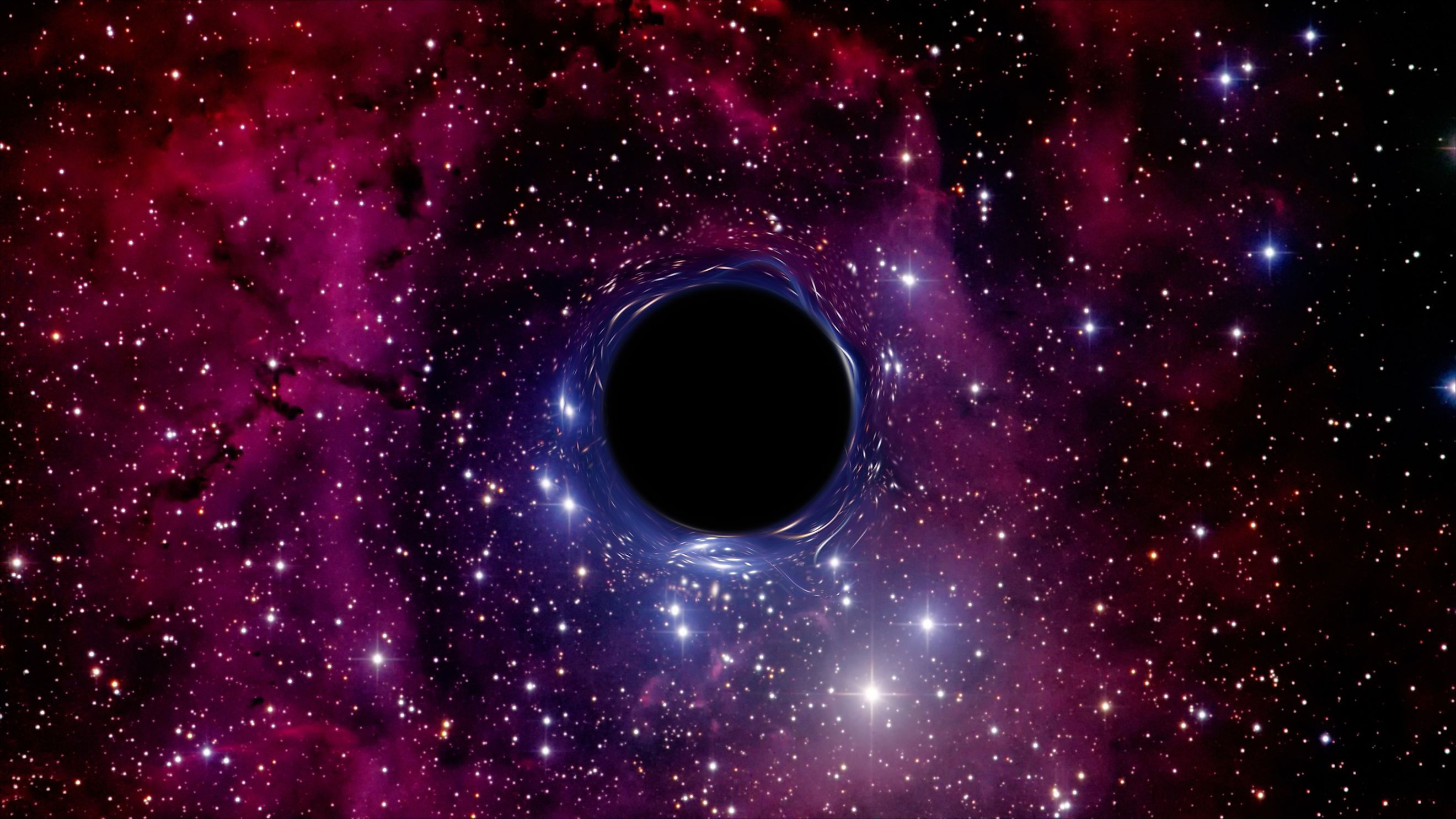
Do Extremal Black Holes Exist?
Black holes are some of the most fascinating objects in the universe. As is commonly stated, their gravitational pull is so strong that not even light can escape them. However, this is only one of their many remarkable properties. Hawking showed half a century ago that black holes are not really black; they radiate and thus have a temperature.
While this opens up the possibility of the death of a black hole and the fate of evaporation, it also suggests an extreme case: can a black hole with zero temperature exist? We answer this question in this article.
Charged Black Holes
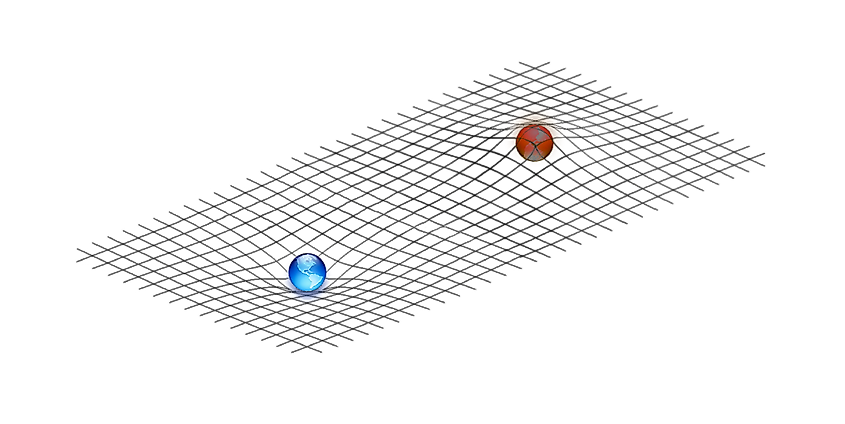
Einstein's theory of general relativity involves a complete reimagining of space and time. Time is no longer an external parameter as Newton taught us, instead, it comprises its own dimension which can curve and curl up with other familiar spatial dimensions to form the very fabric of spacetime. The bending and curving of spacetime describes the geometry of a particular universe, and in particular its gravitational profile.
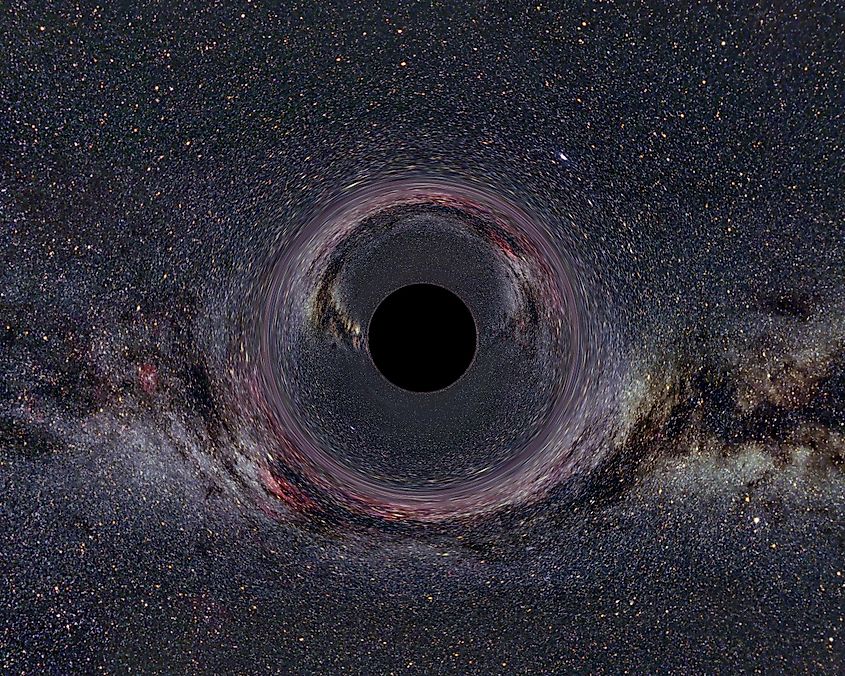
Solutions to the equations of general relativity describe different universes. These can be empty universes that expand, contract, or stay the same forever. Black holes are particular classes of solutions characterized by horizons, which are regions where light cannot escape, and singularities, which are essentially holes where the description of general relativity breaks down. The simplest black hole solution was found only a year after Einstein published his seminal paper on general relativity by Schwarzchild. The Schwarzchild solution describes a black hole that is idealized to have come from the collapse of a massive object like a star or a planet.
It is natural to ask whether other fundamental forces allow us to construct more elaborate black hole solutions. Can black holes have electric charge? The answer was given five years after Schwarzchild, giving rise to the Reissner-Nordström metric. In addition to a mass, the black hole carried an electric charge and two horizons instead of one. The fact that this universe has two parameters means that there is an interesting interplay between mass and charge for these objects, which we will uncover in the remainder of the article.
Hawking Temperature and the Third Law of Thermodynamics
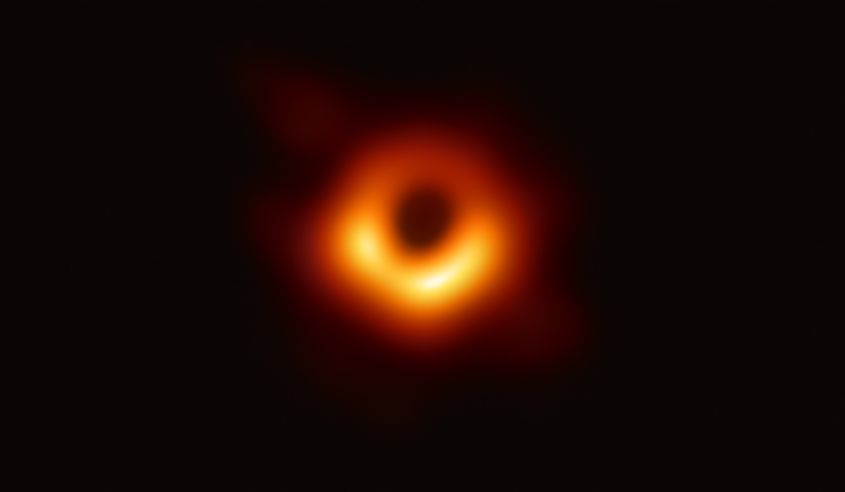
Black holes were thought to be completely black precisely because light cannot escape them. That is, light cannot make its way out to be reflected and seen. This picture was made much more complex, and interesting, when Hawking showed that black holes can in fact radiate. Black holes emit particles with a fixed temperature, causing them to glow with an intensity related to this so-called Hawking temperature.
The discovery of Hawking radiation paved the way for the profitable analogy between black holes and thermodynamics. The fact that black holes carried temperature meant they were thermodynamic objects like engines. One may wonder if the standard laws of thermodynamics apply to such enigmatic bodies. In particular, the Third Law states: it is impossible to cool an object down to absolute zero temperature by means of finite operations. Applied to black holes, this seems to suggest that there can exist no black holes with zero Hawking temperature. Remarkably, this has recently been shown to be false.
The Hawking temperature is related to the mass of the black hole. If the black hole also carried an electric charge, the temperature depends on both of these parameters. Then, it is a logical possibility that one can choose a combination of mass and electric charge to make the Hawking temperature for a specific black hole zero. Black holes for which this is true are called extremal.
The Question of Existence in Theoretical Physics
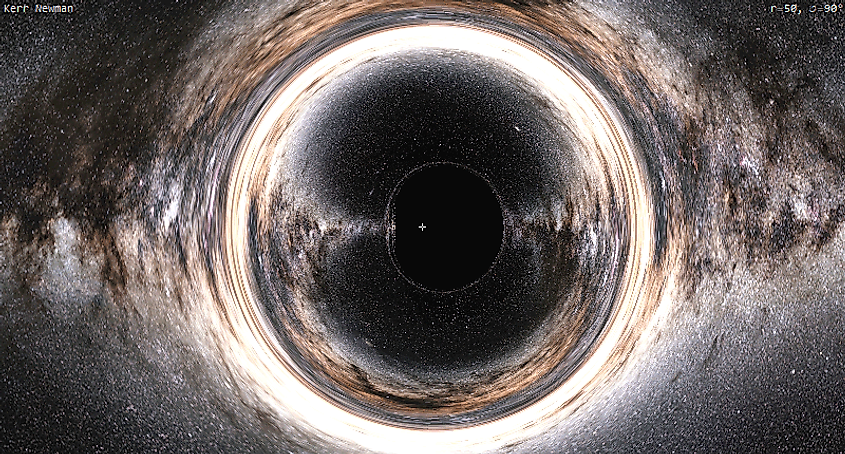
In theoretical physics, the question of existence is not answered by measurement but through proofs. To see if a construct exists or not, one has to show that the theory admits it as a self-consistent solution. In general relativity, this is probed by what is called the Cauchy problem: Imagine that you are told what the geometry of the universe is at one particular instant of time. A solution, like an extremal black hole, exists if one can choose some initial geometry that evolves according to Einstein's equations into it.
Recent work by mathematicians Kehle and Unger solves the Cauchy problem for extremal black holes. They managed to prove that one can choose initial data for our universe to evolve into an extremal black hole. Not only that, but they also showed that it is equally easy to prepare any other charged black hole. In other words, there is no obstruction like the Third Law, which says it is more difficult to prepare extremal solutions than regular ones!
Both Einstein and Hawking rejected the existence of extremal black holes because they thought they were too odd. Mathematics has recently shown that there is no theoretical obstruction to their existence. What this means for our universe and whether we can observe them are different questions altogether, but this is a step in the right direction to understand the most mysterious objects in nature.











